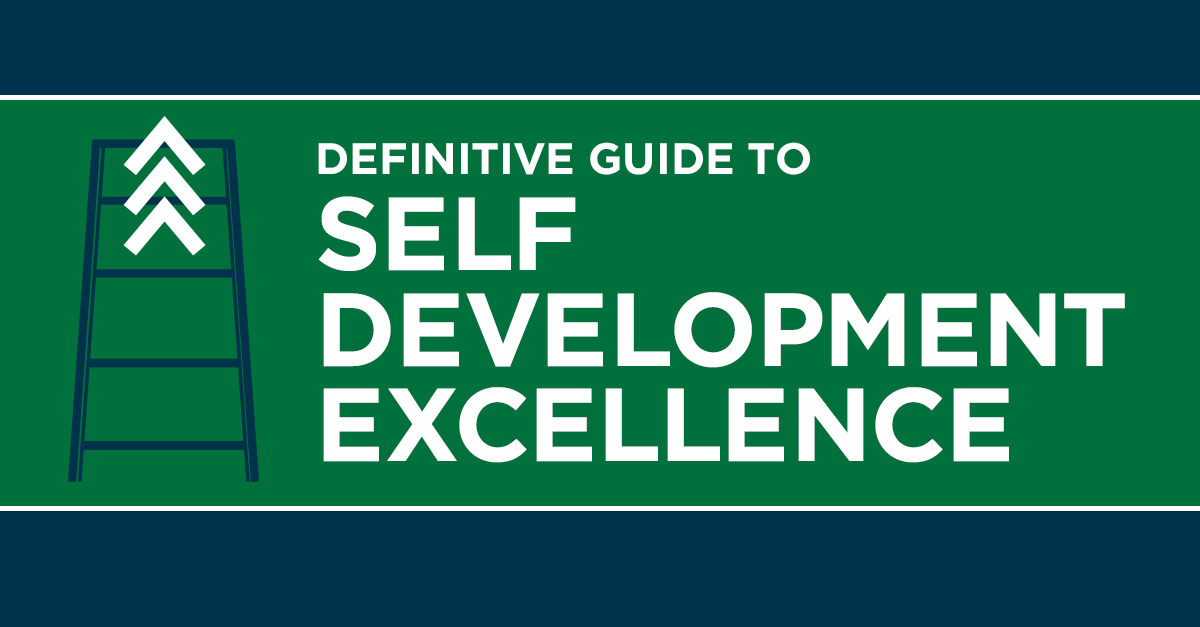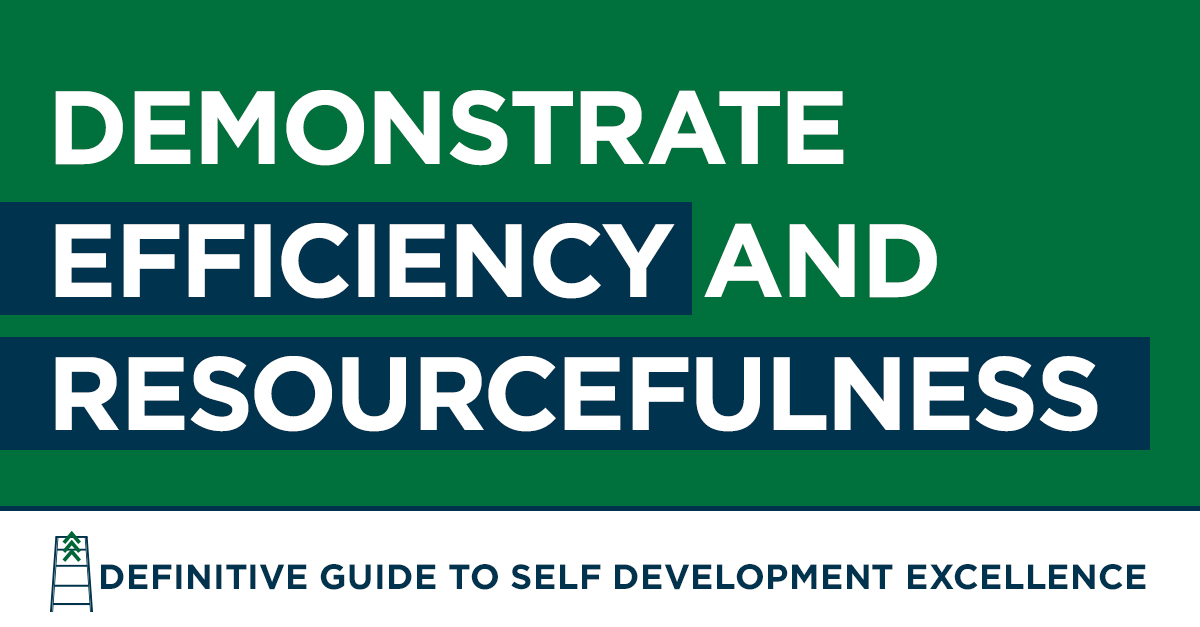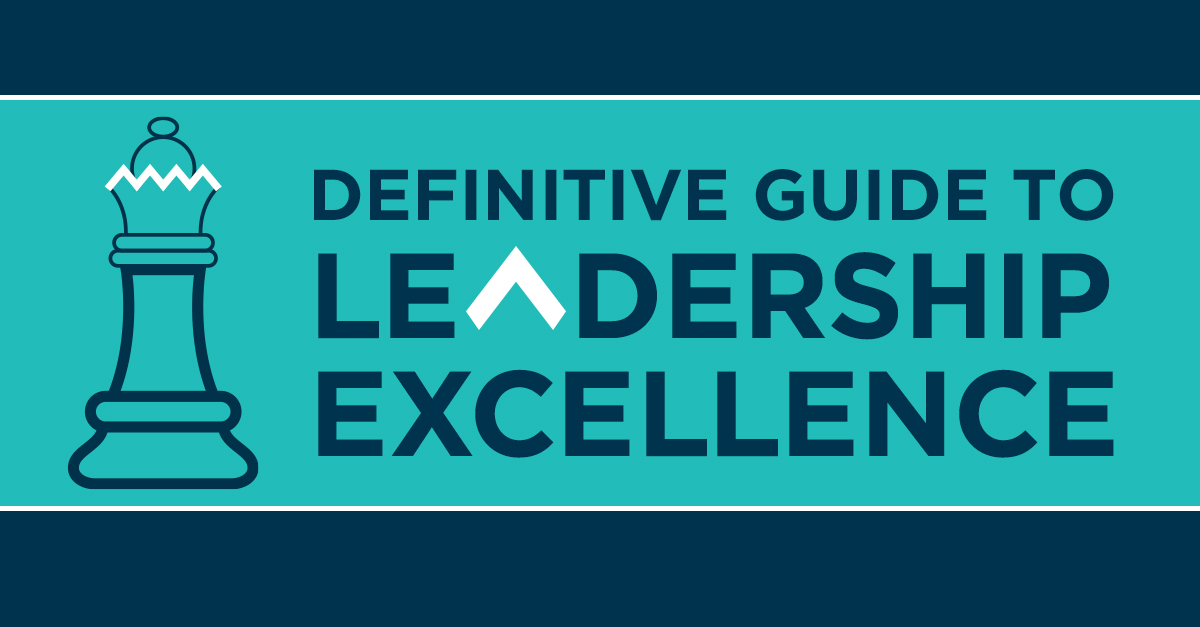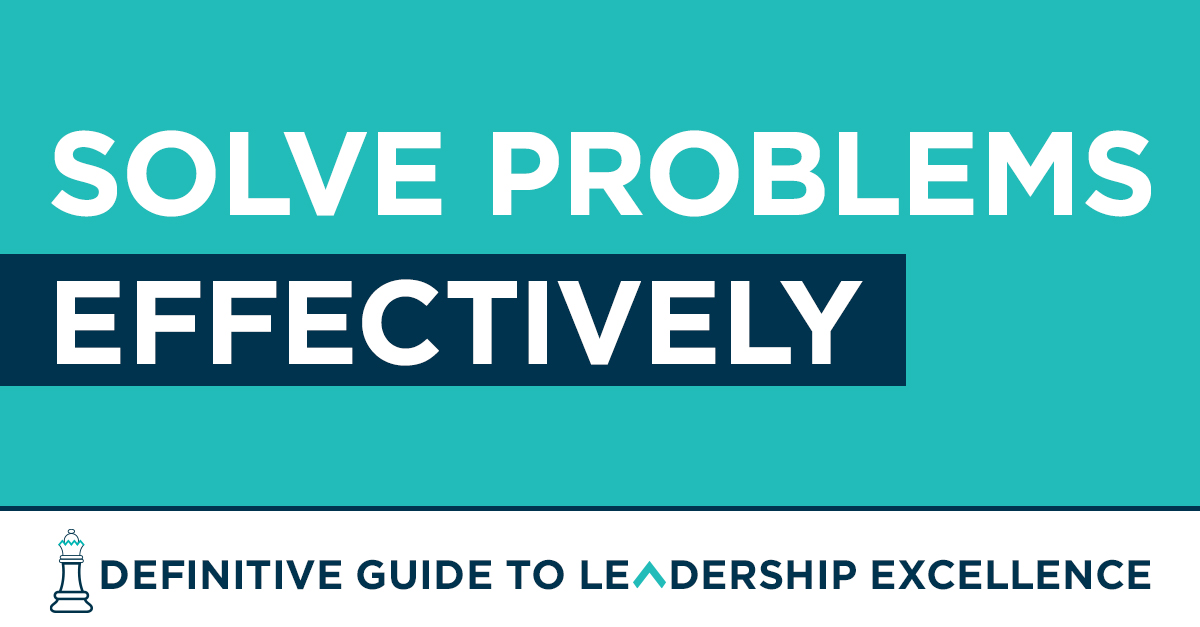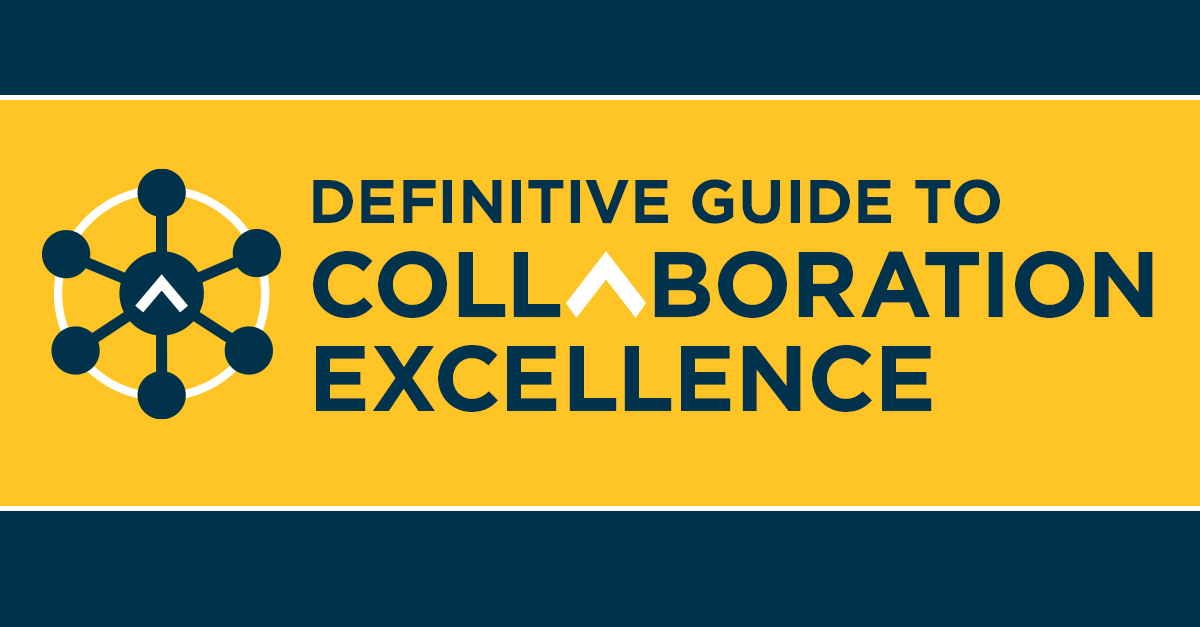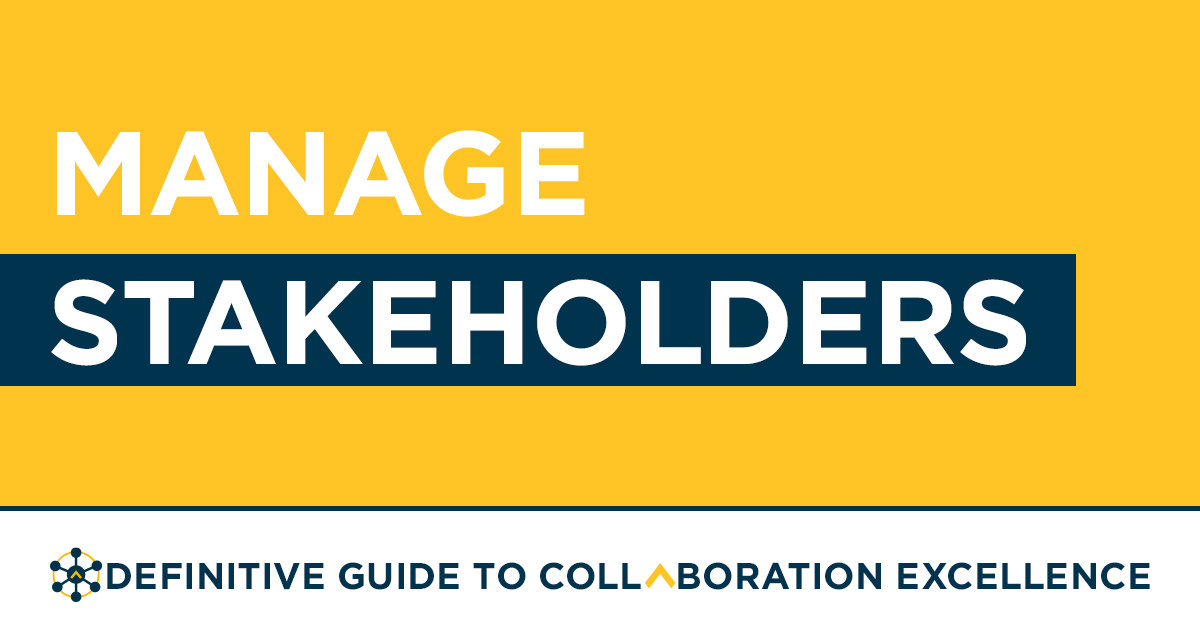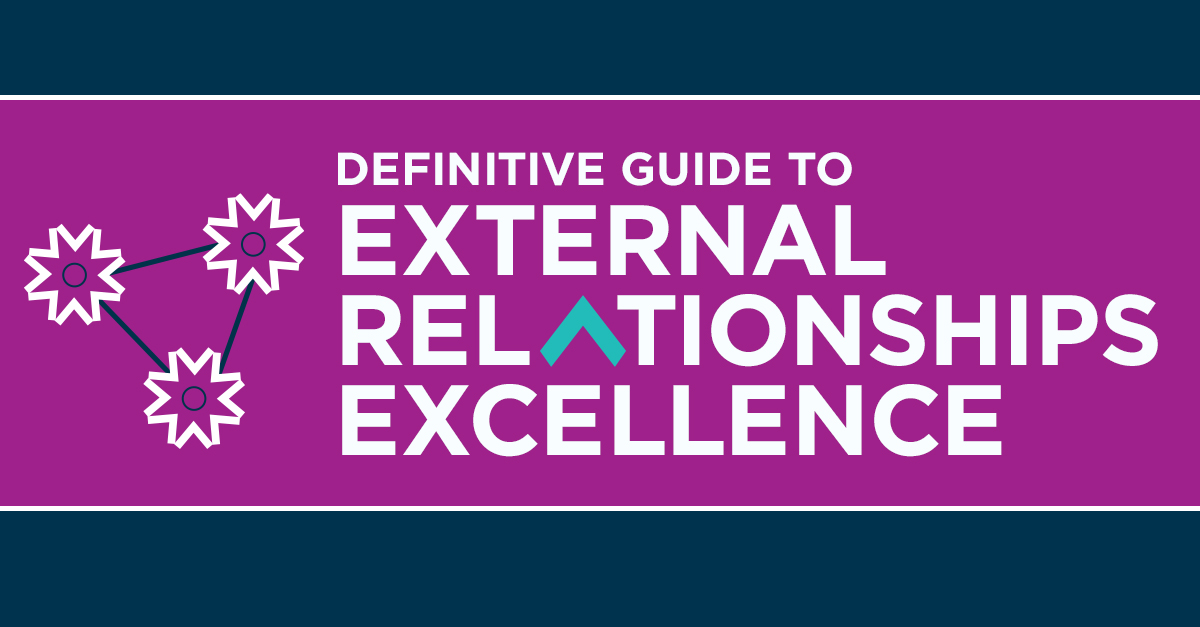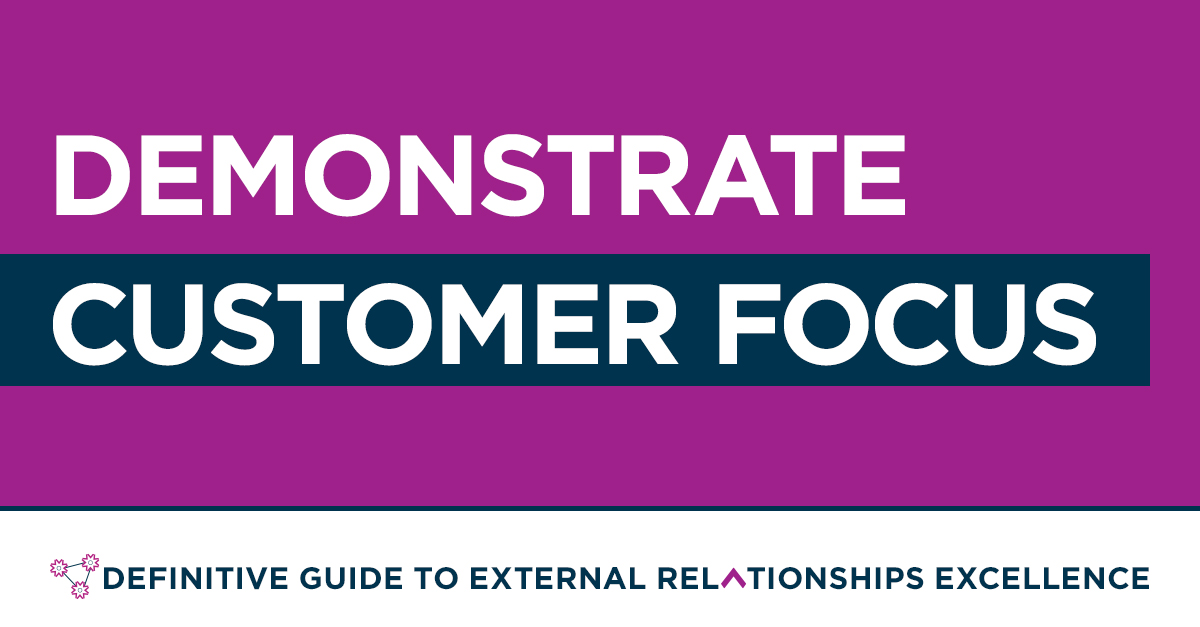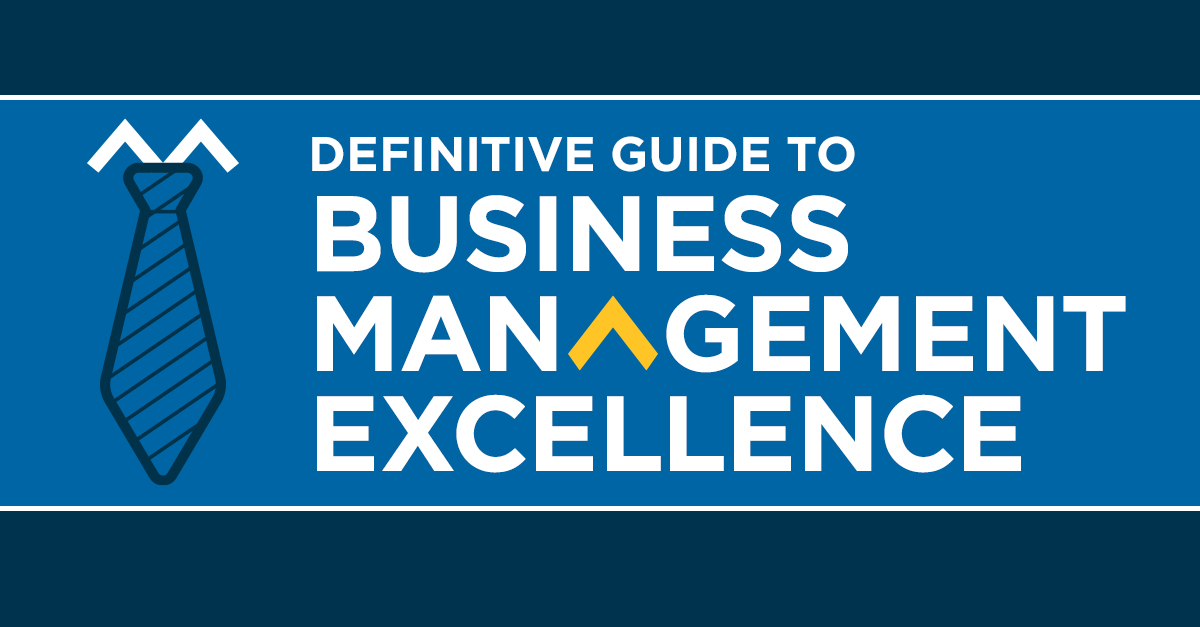Overview
Be the Best Boss is the manual to help 21st century managers and their organisations pursue the training they need to ensure sustained business success. Over the past ten years, we have identified 52 of the most critical competencies necessary to propel managers forward in a world of accelerating innovation. Be the Best Boss provides the flexibility necessary to help managers learn new skills in ways that are appropriate for their context.
We provide a proficiency assessment to accurately assess areas where growth is needed, so that managers start at the right level for each competency. We then guide managers through the program based on their specific motivational drivers so that they can tailor the program to their specific interests and needs.
Finally, we provide holistic learning support by building practice opportunities into Be the Best Boss, so that managers have clear, consistent ways to add to their skills in the real world and track their progress.
Self- Development
By providing new leaders with the support and space they need to develop personally and encouraging them to do the work, organisations can help leaders not only manage, but thrive. A healthy, happy leader is far more likely to do and inspire great work. By taking the time to build a solid foundation at the level of the self, leaders will be better prepared to do the work and take on the responsibilities expected of them by the organisation.
Leadership
Promotion to a leadership role is a major milestone for an excellent employee. However, even if this transition is exactly what someone has been working for, it doesn’t mean that the transition is always easy. To quote a wise comic book character: “With great power comes great responsibility.”
It is those new responsibilities that can throw new leaders for a loop. It isn’t that the people who are transitioning aren’t prepared for the additional weight on their shoulders, or that they aren’t meant to be leaders after all. Rather, many responsibilities require a leader to fully transition their approach to work from the bottom up.
Collaboration
Whether at work or in your personal life, it can be next to impossible to get things done without collaboration. People are inherently social beings – the idea that any of us is capable of functioning fully on our own is a myth that makes for great movies, but unfulfilled lives and careers. In good collaboration, each person is able to use their skills, talents and knowledge to work towards a goal that would be difficult or impossible for any individual to achieve alone. This doesn’t mean, of course, that working with others is always easy. Teamwork takes skill and patience, but both of these things can be learned, and it is possible to produce great things even in a team that got off to a rocky start, or includes people who have historically struggled to work well with others. When that friction is removed, however, collaborating can be a rewarding experience for everyone
External Relationships
Managing external relationships encompasses a wide variety of tasks and skills, some of which are directed outward, like customer focus and client communication. Many, however, are focused on the relationship between the business and outsiders, like managing suppliers and building trust. In all cases, certain skills, like creating influence or managing tenders are easy to teach as a discrete skillset; others require more maintenance and practise, or a complete overhaul in the way a manager thinks about a problem in the first place. Perspective shift is necessary in dealing with external relationships: it is often the only way to create the necessary empathy to engage with outsiders in a meaningful way.
The most important thing for managers to remember when dealing with external relationships is that they are always in a relationship with someone, which means there is somebody else who is also managing that relationship.
Business Management
Not all managers come to the position because they were aiming to do “management.” In many industries, managers do not have MBAs or a strong business background – they ended up in the position because they were excellent at their jobs before and the job required a talented person with industry knowledge. Unfortunately, this often means that when they enter management, they need to do some work to catch up with their peers who went to business school or retained a sustained interest in the business side of the organisation.
Some of these skills, like finance, process management and human resources responsibilities, may have a steep learning curve at first. In these areas, however, the deficit is usually about lack of knowledge, rather than a reorientation of the manager’s thinking about their work. Other skills, like business acumen, strategy and managing other people, are skills that require deep, constant practice and a new understanding of what the point of their work is. This can be a difficult transition for managers who were promoted due to their skill as employees – they may find themselves having to think in new ways or relearn everything they thought they knew about their industry from a management perspective.
Development Case Study
Here we provide a typical example of how a competency development intervention is applied for each Competency Loop. The aim here is to provide a tangible example of how the information in this book can form part of a comprehensive strategic plan to achieve best-practice business results through the application of elegant people management skills.
The case study provided focusses heavily on the personal interactions this specific “best boss” has with a key new hire. It outlines the leadership disciplines she is able to pass on using her advanced planning skills, willingness to role-model and her passion to achieve great outcomes through her people.
